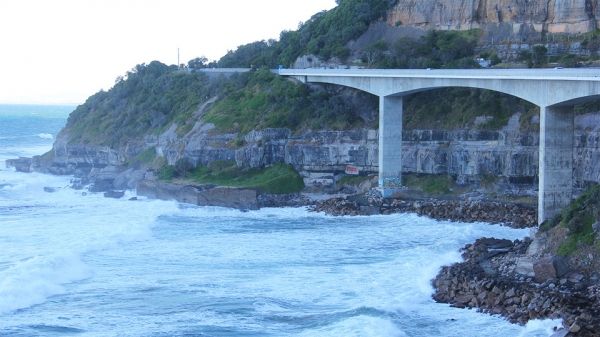Little life could endure the Earth-spanning cataclysm known as the Great Dying, but plants may have suffered its wrath long before many animal counterparts, says new research led by the University of Nebraska-Lincoln.
About 252 million years ago, with the planet’s continental crust mashed into the supercontinent called Pangaea, volcanoes in modern-day Siberia began erupting. Spewing carbon and methane into the atmosphere for roughly 2 million years, the eruption helped extinguish about 96 percent of oceanic life and 70 percent of land-based vertebrates — the largest extinction event in Earth’s history. Yet the new study suggests that a byproduct of the eruption — nickel — may have driven some Australian plant life to extinction nearly 400,000 years before most marine species perished.
Read more at University of Nebraska-Lincoln
Image: A view of Coalcliff in New South Wales, Australia, where Nebraska researchers Christopher Fielding and Tracy Frank discovered evidence that Earth's largest extinction may have extinguished plant life nearly 400,000 years before marine animal species disappeared. CREDIT: Christopher Fielding


